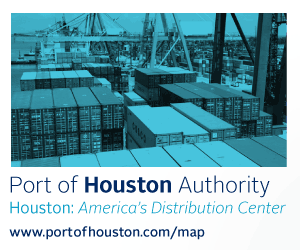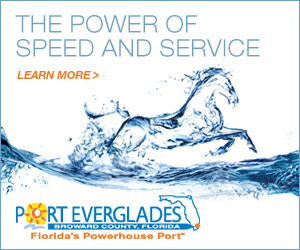|
Clean Air Engineering-Maritime (CAEM) announced it has received approval from the California Air Resources Board for the first commercially ready ship emissions capturing system called the Maritime Emissions Treatment System (METS).
METS is the first CARB-approved alternative to "plugging in" to shore-side power — also known as cold-ironing or Alternative Maritime Power — which is the current standard for meeting California’s relevant ship emissions regulations. Since January 2014, vessel operators not complying with the regulation run the risk of being hit with significant fines.
"In recent years, we have supported development of this technology through our Technology Advancement Program," said Port of Los Angeles Executive Director Gene Seroka. "With CARB verification approval, this is now a solution that other ports can consider to lower vessel emissions in their harbors and surrounding communities."
The METS-1 is CAEM’s first-generation system is mounted and deployed from a barge that is positioned alongside ships berthed at the Port of Los Angeles. The system is placed over vessels’ smoke stacks and captures and treats more than 90 percent of particulate (PM), NOx, SO2, and related diesel pollutants emitted, the statement said. The proprietary treatment technology was developed in collaboration with Tri-Mer Corporation of Owosso, Mich., the world’s largest supplier of catalytic ceramic filter systems.
"The METS-1 will have an immediate, direct and
|

positive impact on the communities surrounding the Port of Los Angeles and Long Beach," said Nick Tonsich, CAEM principal and San Pedro native. "In the long term, given the fact that there are so many ships in the world’s fleet without cold-ironing capability, the METS system could have a profound impact on the entire shipping industry and our global environment."
The CARB testing, which began last year, included performance evaluations of the METS on five separate vessels for a minimum of 200 hours. CARB approved the system by Executive Order on June 26, 2015.
Partial funding for the METS project came from a $1.5 million grant from the Port of Los Angeles’s Technology Advancement Program to TraPac, LLC, a container terminal located in the Port of Los Angeles. TraPac contracted with CAEM to conduct research and develop the METS project, and has entered into a service agreement for use of the METS-1 at TraPac on all vessels that are not AMP capable.
|




